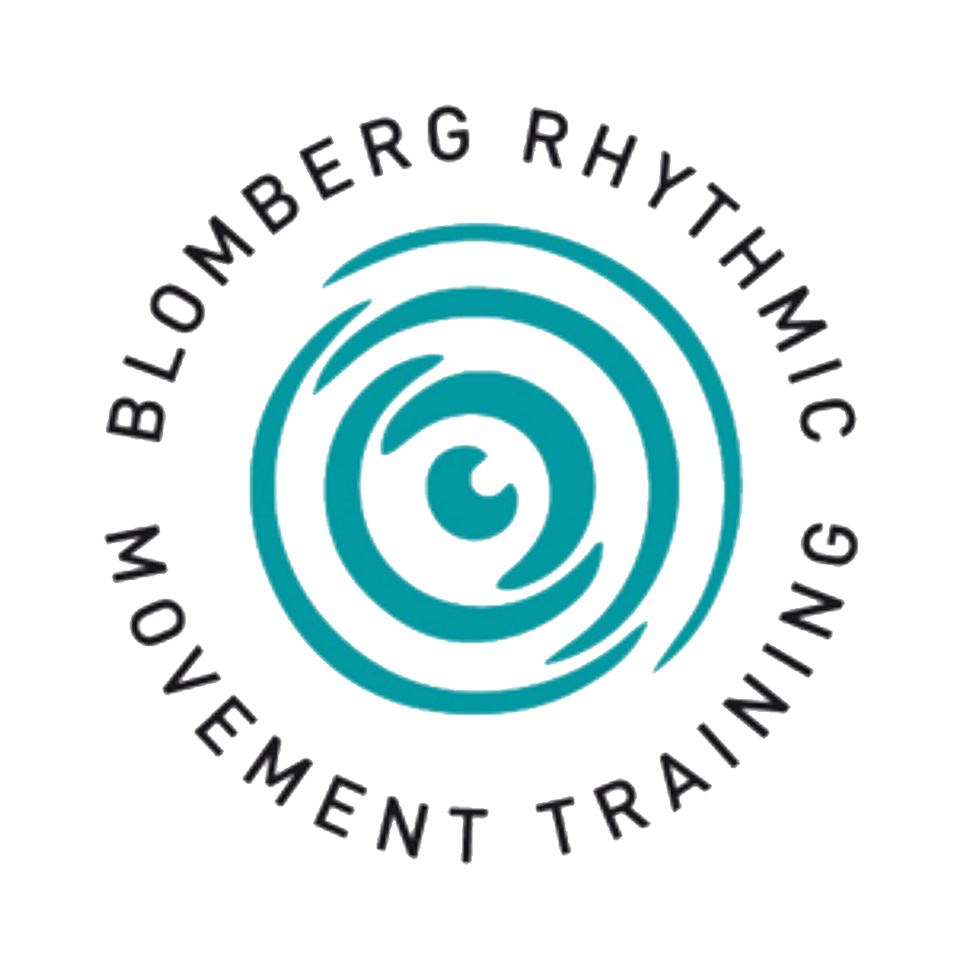
MD. Harald Blomberg

Dr. Harald Blomberg received his doctorate in medicine in Sweden in 1971. He decided to enter the field of psychiatry. In 1982 Dr. Blomberg completed his specialist training and started working as a psychiatric consultant at a psychiatric outpatient clinic.
In 1984 Dr. Blomberg took a two-year training program in clinical hypnosis by several prominent UK and US clinical hypnotists. Peter Blythe, the founder of The Institute of Neuro-Physiological Psychology (INPP), was one of the foremost teachers of hypnosis. Dr. Blomberg also took a course in primary reflexes and learning disabilities with him.
In 1985 Dr. Blomberg Kerstin Linde, a self taught therapist and former photographer. Inspired by the movements her own babies made before learning to walk, she developed what she called rhythmic movement therapy. She successfully treated children and adults with severe neurological and developmental problems, as well as physical disabilities. Dr. Blomberg himself had motor problems caused by polio in his youth and he became her patient. He was greatly helped by the movements.
Kerstin Linde's treatment method amazed Dr. Blomberg and he asked if he could follow her work, which she generously allowed. He followed Kerstin for three years 1985-1987 and saw with his own eyes the remarkable progress her clients made in a relatively short time.
Fascinated by the results of the training, he began to use the method on patients with mental illness. He saw significant improvements in them. They became calmer and more social with a greatly improved quality of life. Harald saw how the rhythmic movements stimulated the brain, allowing more connections to be made between different parts and levels of the central nervous system. He decided to make an effort to explain the effect of method theoretically by using anatomy and physiology and theories about infant reflexes, our senses and our nervous system.
He saw many improvements that contradicted all of his medical training and experience. Amazed by the positive effects of these simple movements, Dr. Blomberg decided to write a book about it. He interviewed parents and conducted several case studies of the handicapped children that was treated by Kerstin Linde.
In 1986 he introduced Kerstin Linde's rhythmic movements in his clinic for both neurotic and psychotic patients, with excellent results. In 1989 a colleague invited Dr. Blomberg to introduce movement training for some critically ill chronic schizophrenic patients, most of whom were hospitalized for ten years or longer. After two years, the result showed that patients ability to participate in social activities, in occupational therapy and daily tasks significantly improved. They had also become more interested in their environment.
Dr.
Blomberg introduced Rhythmic Movement Training at an anthroposophical
school for students with developmental and intellectual disabilities, ADHD and ASD. They found that students with movement
disorders, learning disabilities as a result of ADD and with psychosis where the ones who benefitted the most from the training. He
advised that people with autism should also heal their inflamed and leaky guts with a gluten and casein-free diet to avoid unnecessary emotional
reactions.
More and more people came to see Harald to get help and teh demand to teach the movements grew. He
created 2-day courses for therapists and parents that spread around the
world. It started with Level 1, 2 and 3. He also created a 2-part course more aiming towards adults with Pain and disalignments, causing osteoarthrosis and problems with the hips and pelvis, pain in hands, neck, face, sholuders, knees and feet. A course aimed to help Childern with ASD and cerebral Palsy was highly asked for and these courses made him look deeper into nutrition and how to combine detox, nutrition and building up the nervoussystem with moveoments. A course aimed to meet the request for younger children and pre-school was created to give teachers a good overwiev of the reflexes tat could still be present, and a special course about dreams and trauma.
Until
his passing in 2020, he headed the Center for Rhythmic Movement Training
Solna, Sweden. Here, children and adults were assessed for a
variety of challenges, including sensory and motor problems, ADHD,
dyslexia, language disorders, delayed language development, Autism spectrum disorders, cerebral palsy and Parkinson's disease. Under the guidance of the
center's experienced therapists, each client received an individual ized
exercise program and attended private training sessions.
Harald met thousands of
children and their parents in his private practice. He had students from all corners of the world and kept developing courses around a variaty of challanges and health issues.
